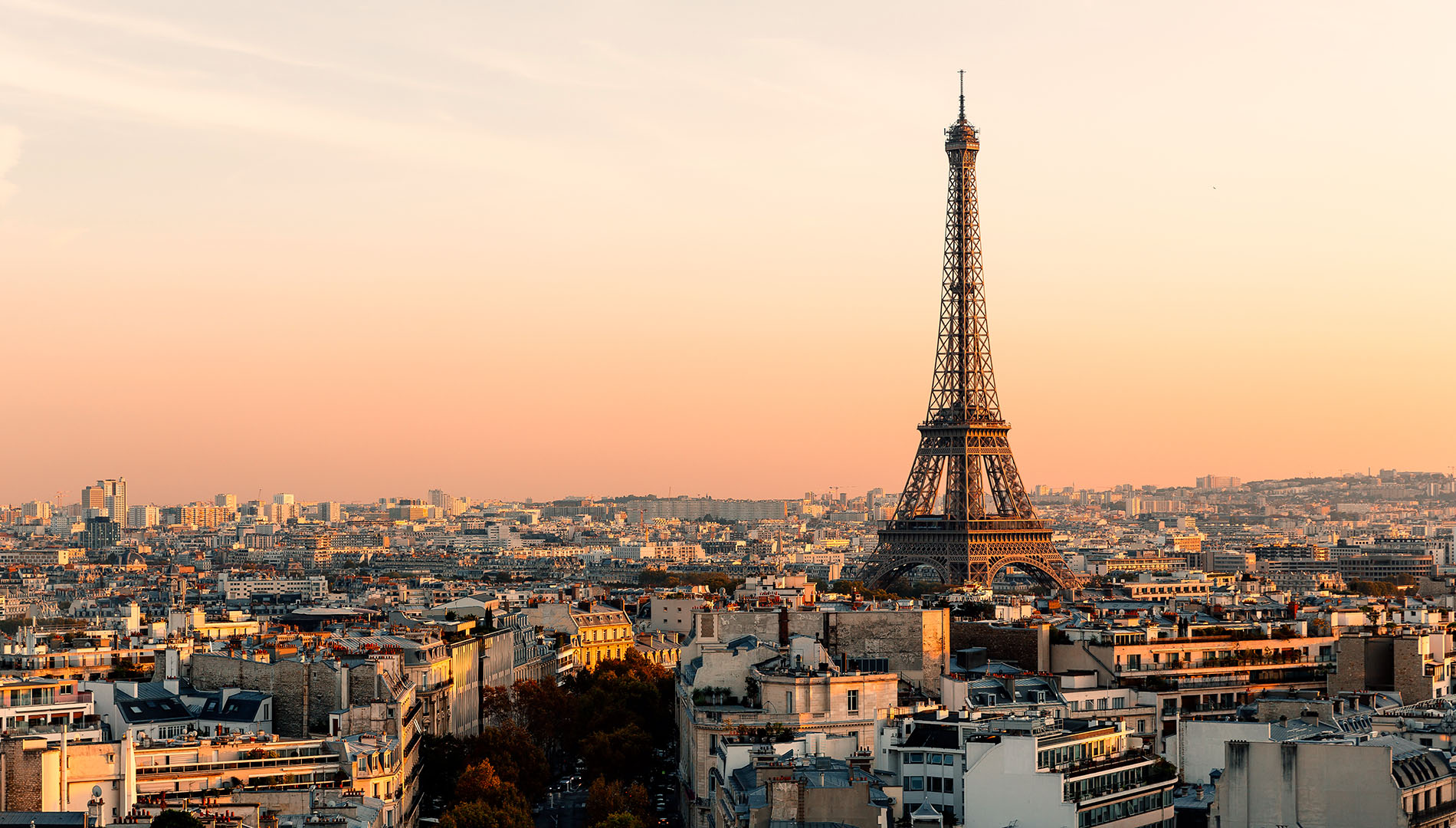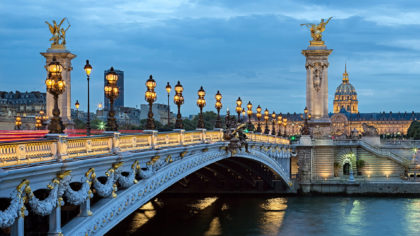During my first real trip to France, I set out to discover the “Black” Paris, asking a tourism official if they had any information to share. Lacking anything to give me, she finally pulled out a map and pointed to the metro stop Chateau Rouge, in the heart of the La Goutte d’Or neighborhood, and said, “Go there.”
When I emerged from the metro, I wasn’t sure if I was still in Paris. I heard no French being spoken on the streets. Shops sold meat and produce for African cuisines and special cloth for African clothes. Large posters promoting upcoming African parties covered the walls of abandoned buildings.
As I walked toward the Barbés-Rochechouart metro, the shops began to cater to people of North African descent. It was only later that I learned about the deep immigrant history of the neighborhood.
Paris’ La Goutte d’Or neighborhood has been the city’s capital of emerging cultures for the last 150 years.
Paris’ La Goutte d’Or neighborhood has been the city’s capital of “emerging cultures” for the last 150 years. West Africans, Arabs, Eastern Europeans and native French live together among the Algerian cafés, Senegalese eateries and French patisseries.
In the last five years, the neighborhood has become trendy, with new cultural centers, restaurants and shops that are attracting new people to this once overlooked neighborhood. Right now the area is at a perfect apex. The mainstays continue to serve older community members while the new ventures attract respectful visitors.
Check out the places below on a visit to La Goutte d’Or. As always, check for any travel restrictions or closures before planning your trip.
Culture and Entertainment
Louxor — Palais Du Cinéma
This 1,200-seat theater sat empty and abandoned for more than 20 years before it reopened in 2013.
Thankfully, the Louxor’s Egyptian-inspired art deco design guaranteed its preservation, and today the renovated theater features French and international films that attract film-loving Parisians.
Institut des Cultures de l’Islam
The Institute of Islamic Culture is dedicated to the creation and diffusion of contemporary cultures in connection with the Muslim world.
Come here for art exhibits, language classes and cultural performances.
The institute is organized in two locations in the neighborhood: ICI Goutte d’Or and ICI Léon. It also features a hammam, a Middle Eastern sauna and bathhouse, open to the public.
Centre Fleury Goutte d’Or Barbara
Better known as FGO-Barbara, this music center is an audiophile’s dream.
The center revolves around six state-of-the-art recording studios that it rents out to the community and outsiders. Whether it’s listening parties, music or dance classes, everything is centered on sound.
Check out the concert schedule for unique music acts from around the world.
Shopping
Traditional West African and North African Shops
North African and West African shops selling clothes and wares to locals dot the neighborhood. Don’t be afraid to go into the shops if something catches your eye.
Rue des Gardes — La Goutte d’Or’s Street of Fashion
Rue des Gardes is lined with small independent fashion retailers/ateliers. The street, better known as the neighborhood’s “Rue de la Mode,” was one of the earliest attempts to develop La Goutte d’Or when it launched in 2001.
The city renovated several abandoned buildings at the end of the 90s and then offered them to fashion designers who were willing to move into the neighborhood for discounted rent.
The shops sell everything from couture to unique T-shirts.
Tati
Before Americans became obsessed with H&M and Forever 21, the French were already “ooh-la-la-ing” over Tati — France’s cult mega discount store.
Tati’s flagship store sits on the main street that borders La Goutte d’Or, Boulevard Rochechouart. With bright pink Tati signs covering a Haussmann-style building, the store is hard to miss.
Bins full of cheap, stylish accessories greet visitors at every entrance. For the budget conscious, it’s a colorful bazaar of clothes. For recent immigrants, it’s a lifeline.
Markets
Marché Dejean
Marché Dejean (Dejean Market) has fruit and vegetable stalls that certainly look appealing, but the quality of the produce can sometimes be spotty. Small shops around Marché Dejean cater to West Africans and Caribbeans by selling plantains, peanut butter and oil, manioc, peppers and several unusual varieties of fish that vendors will fillet to your preference. The market is open every day except Tuesday.
Marché Barbés
On Saturday mornings the area beneath the Barbés-Rochechouart metro stop becomes a massive market offering fruit and vegetables at unbeatable prices. The market’s energy can be tiring, but the cheap olives and mint are worth the trip.
Eating and Drinking
Jour et Nuit
The staples of North African cuisine are couscous (semolina grains steamed in a clay pot), tagines (vegetables and meats steamed in a clay pot) and grilled meats.
Restaurants throughout Paris sell these treasured dishes, but a place like Jour et Nuit offers the best value. Eat dinner here and then head to Brasserie Barbés’ rooftop for drinks because this restaurant, in Islamic tradition, does not serve alcohol.
Brasserie Barbès
The 2015 opening of the three-story Brasserie Barbés restaurant signaled a major change for the La Goutte d’Or neighborhood.
Some people saw it as the “Brooklynization” of the area. Others were happy to have a hip hangout in the neighborhood. The restaurant (and nightclub) offers standard French brasserie fare (foie gras, escargot, steak and fries) in a spacious environment. The stars of the restaurant are the cocktails and the décor.
Patisserie La Goutte d’Or
When I lived in Paris, La Goutte d’Or was not the neighborhood you schlepped to for traditional French pastries, although many patisseries sold them.
Even today, it still isn’t. Famed pastry chef Yann Menguy opened Patisserie La Goutte d’Or in 2016, and each day he offers just seven pastries that you won’t find anywhere else in Paris.




